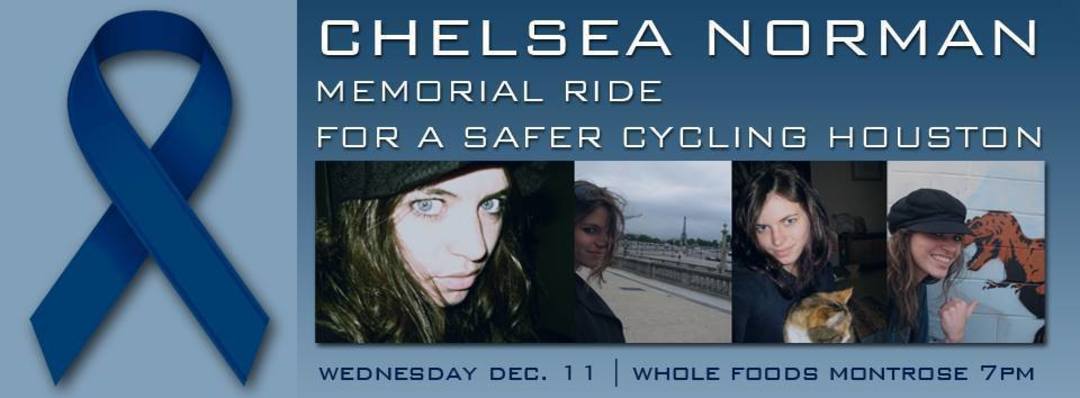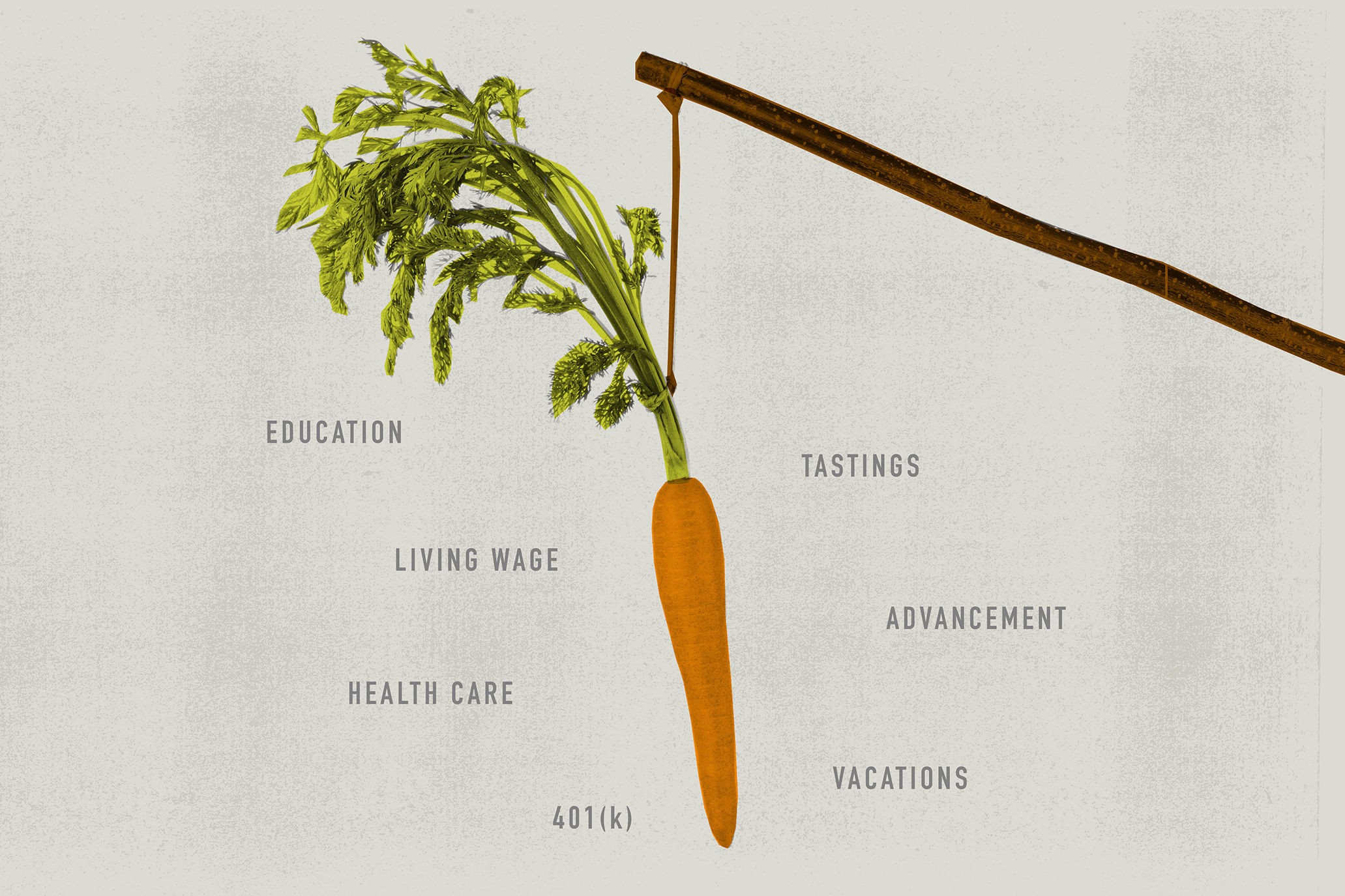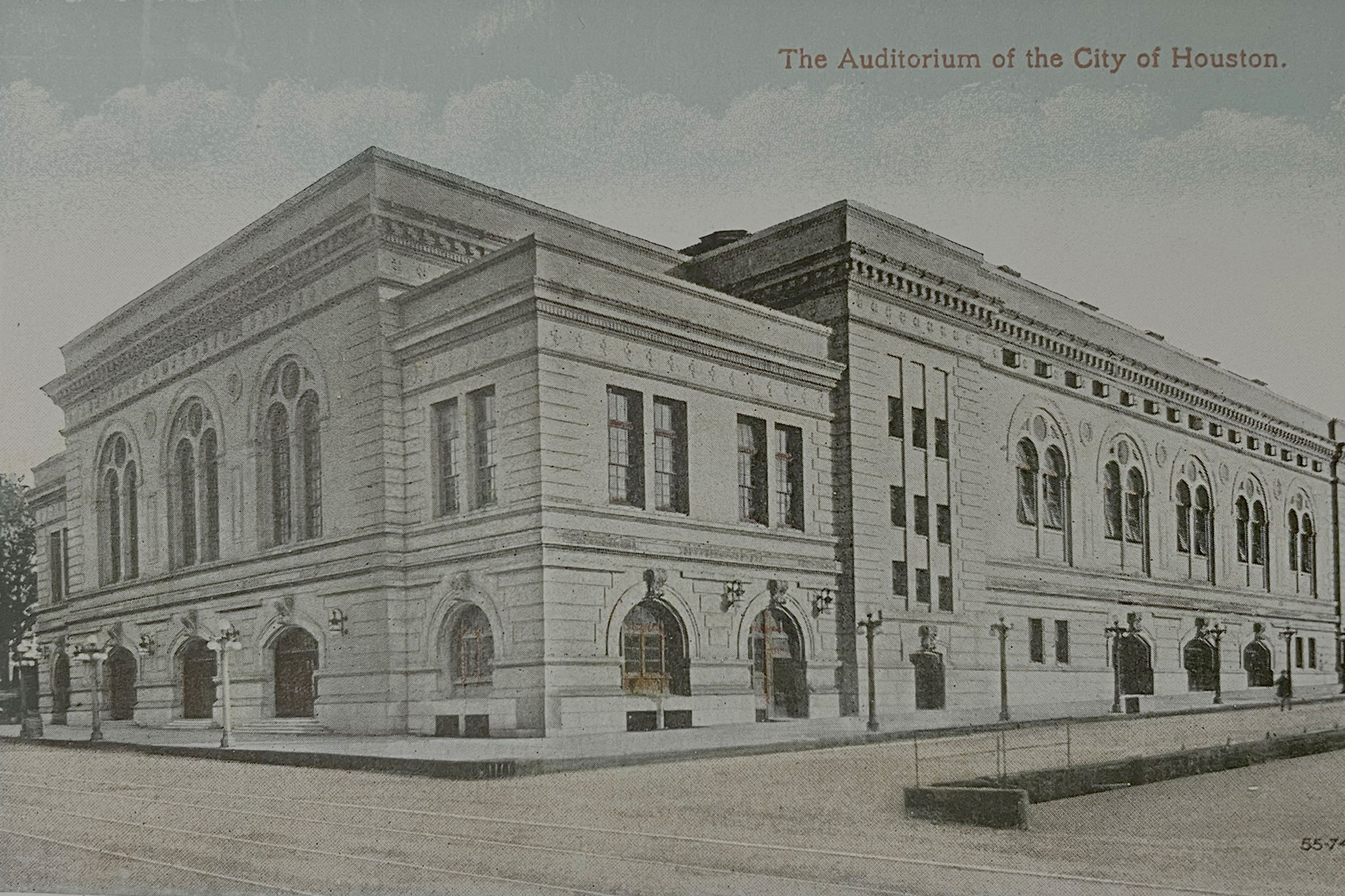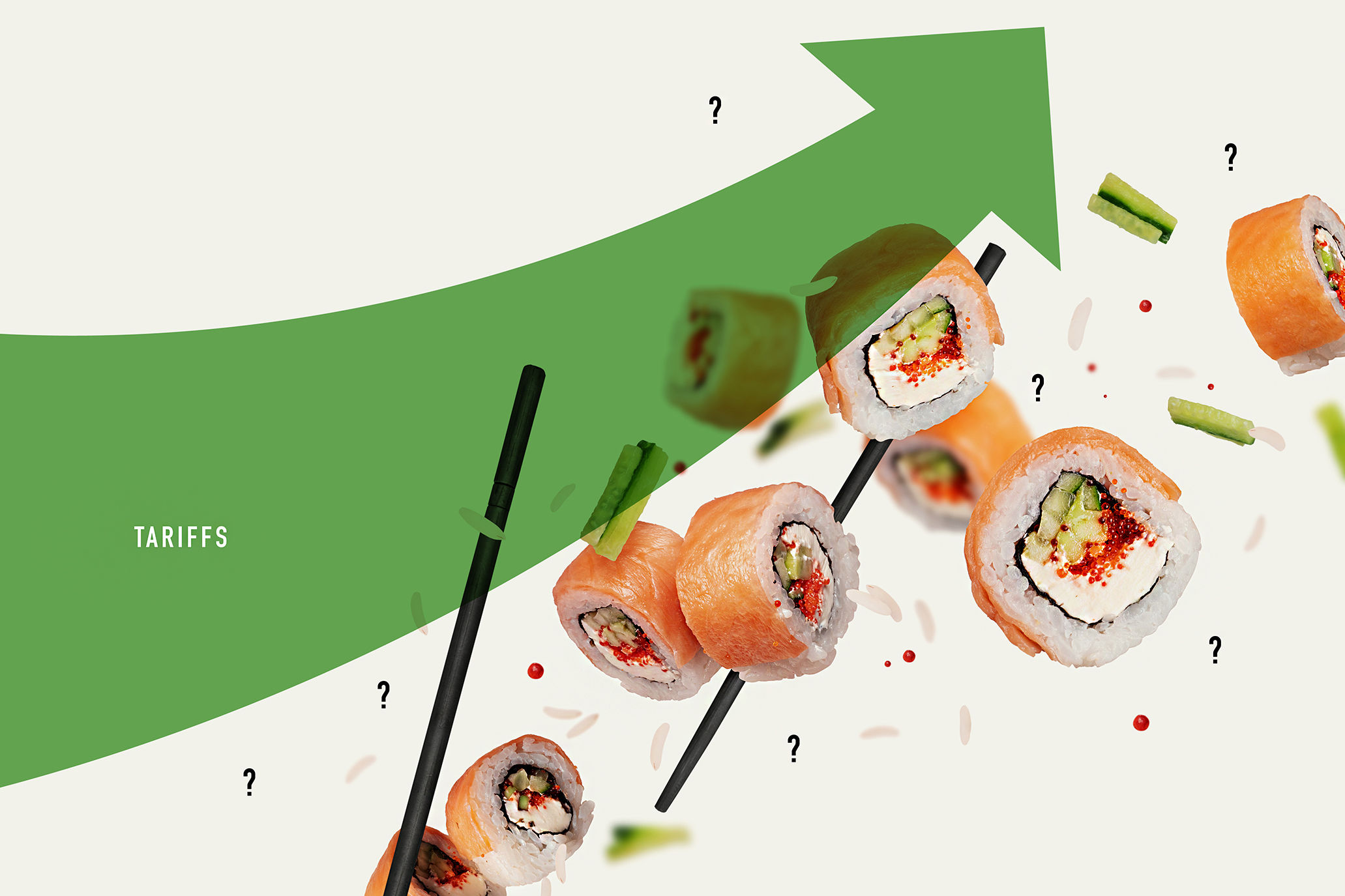Is It Open Season On Houston Cyclists?
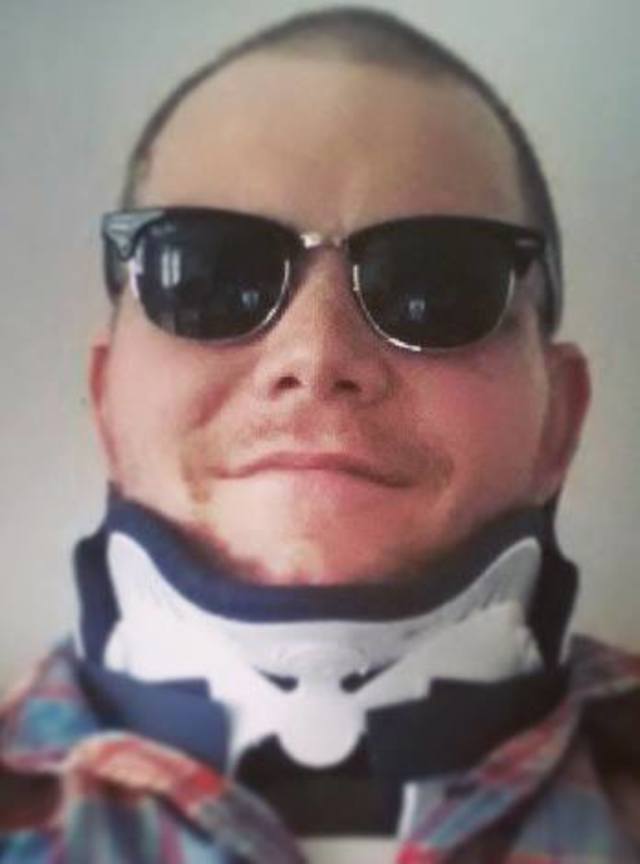
"Hey, you're a normal person again."
That's one of John Andrew Williams's doctors told him only this week, more than three months after he was struck and nearly killed by a man driving a Toyota Tacoma while Williams was riding his bike on the night of August 28.
The accident occurred in the 100 block of Waugh Drive and when paramedics arrived to the scene just north of the bridge (a mile due north along the same street from the hit-and-run that killed 24-year-old Whole Foods employee Chelsea Norman Sunday night), Williams was covered in lacerations and abrasions from his knees to his face. Several of his thoracic and lumbar vertebrae were fractured and a six-inch section of his skull had been crushed.
"I think my helmet saved my life," Williams says.
Thanks to amnesia, he doesn't remember the first eight days of his hospitalization. Doctors performed a lifesaving craniotomy to remove the shattered fragments of his skull, shards they later told him looked like Corn Flakes. They then installled a titanium plate to protect his damaged brain.
He spent a total of 15 days in the hospital followed by two months in a body brace and cervical collar, and lost all that time from his job as a tech trainer at UH-Downtown. His wife missed a month of work while tending to him. Today, his speech is somewhat impaired and his left hand doesn't work right, so mundane tasks like buttoning a shirt have become arduous and frustrating. He is wracked by sudden inexplicable outbursts of rage and equally unaccountable onsets of depression and/or fatigue. He describes the mental, financial and physical consequences of his accident as both immense and lifelong.
So no, he is not quite the person he once was, not yet. And he won't be riding a bike for another few months. (He hopes he'll be back in the saddle by April.)
Unlike the Norman case, the person who hit Williams did stop and render aid. The man was sober, but told police he was visually-impaired and did not see Williams right in front of him, despite the fact that Williams had more-than-adequately equipped his bike for night-riding.
"I had lights, a helmet, I rode predictably, staying in a straight line," Williams says. "I did everything I was supposed to do. Maybe that gave me a false sense of security."
The Tacoma driver told police his visual impairment forced him to watch the curb rather than his lane, but Williams says none of that made it into the crash report.
And here's the thing. The Tacoma driver was not given so much as a single traffic ticket for all-but-destroying the life of John Andrew Williams.
Maybe the cop thought the Tacoma driver had suffered enough. Maybe it was enough that he was not drunk and stopped to render aid.
Williams most decidedly does not think so. "What, it's alright to hit somebody if you didn't mean it?" he asks. "I see this as a total devaluation of my humanity."
Williams contends that had he been in a car and rear-ended by the Tacoma, the truck driver would have at least been ticketed for failing to maintain a safe distance or possibly reckless driving. He believes the sole reason that the Tacoma driver drove away scot-free was that Williams happened to be riding a bike rather than riding a car.
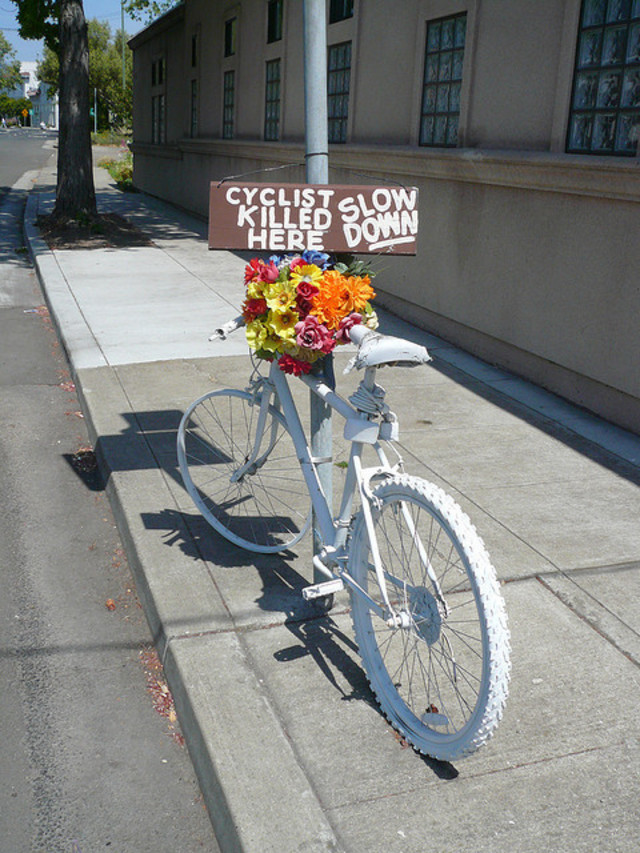
"Ghost bike" memorials across the world are installed wherever a cyclist is struck and killed. | Flickr user Len Gilbert
And what of the Safe Passage ordinance recently passed by City Council? Under that new rule of the road, car drivers are supposed to give cyclists, pedestrians, people in wheelchairs and even horseback riders three feet of clearance. (Large trucks must give six feet.) To put it mildly, that's something the Tacoma driver certainly failed to do, Williams points out. Where was the $500 fine that man could have been assessed?
"There's just not much concern for people not in cars," he says. He believes there's an ironclad and ingrained bias against cyclists on Houston's roads, that they are somehow seen as unworthy of equal protection. "Motorists just don't believe we have the rights to use the road," he says and adds that as long as drivers are not so much as ticketed for maiming them, nothing will ever change.
It's ironic to Williams that with the city's upgrade to our bike trails and lanes, its new bike-sharing program and its tacit endorsement of events like Critical Mass that HPD fails to enforce existing traffic laws when it comes to injured cyclists. It brings to mind the lawyerly concept of the "attractive nuisance": as with enticing unaccompanied children to a swimming pool with no lifeguards, how responsible is it to entice cyclists out on the roads if you are going to do nothing to protect them once there?
This Wednesday Norman's memorial ride will take place at 7 o'clock, starting in the parking lot of the Montrose Whole Foods. Williams will be there (albeit on foot), and if you are a cyclist or if you love somebody who is, you should be there too.
